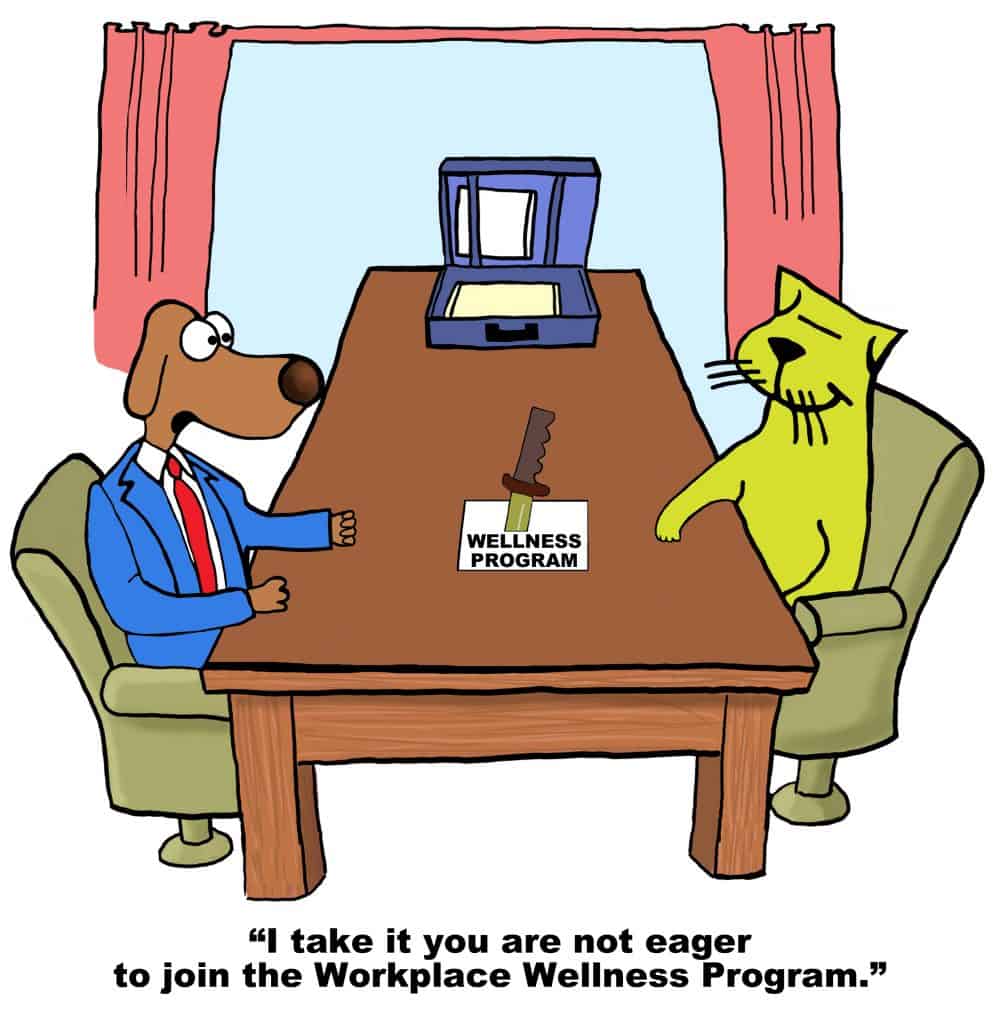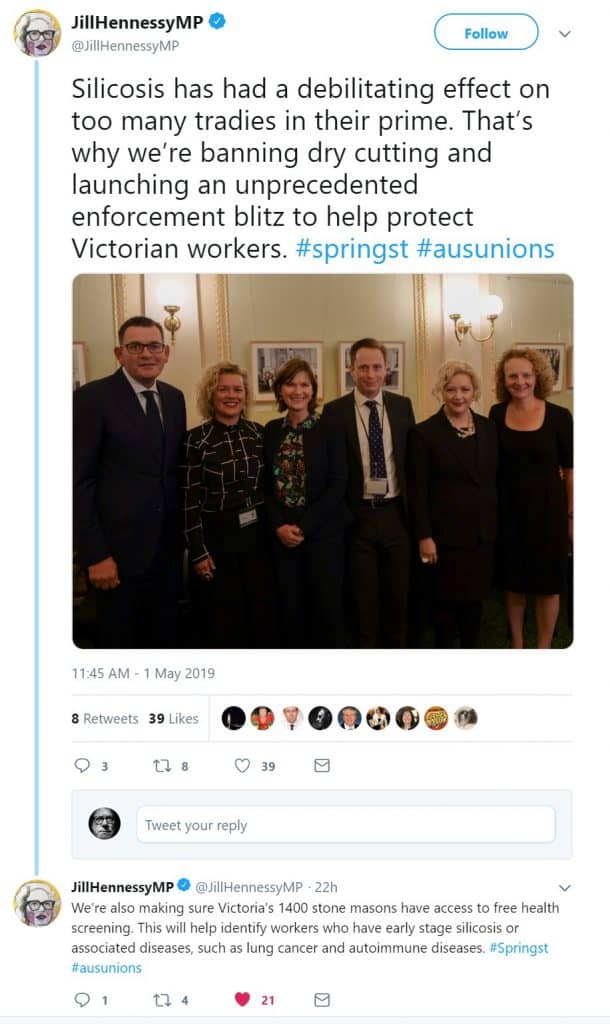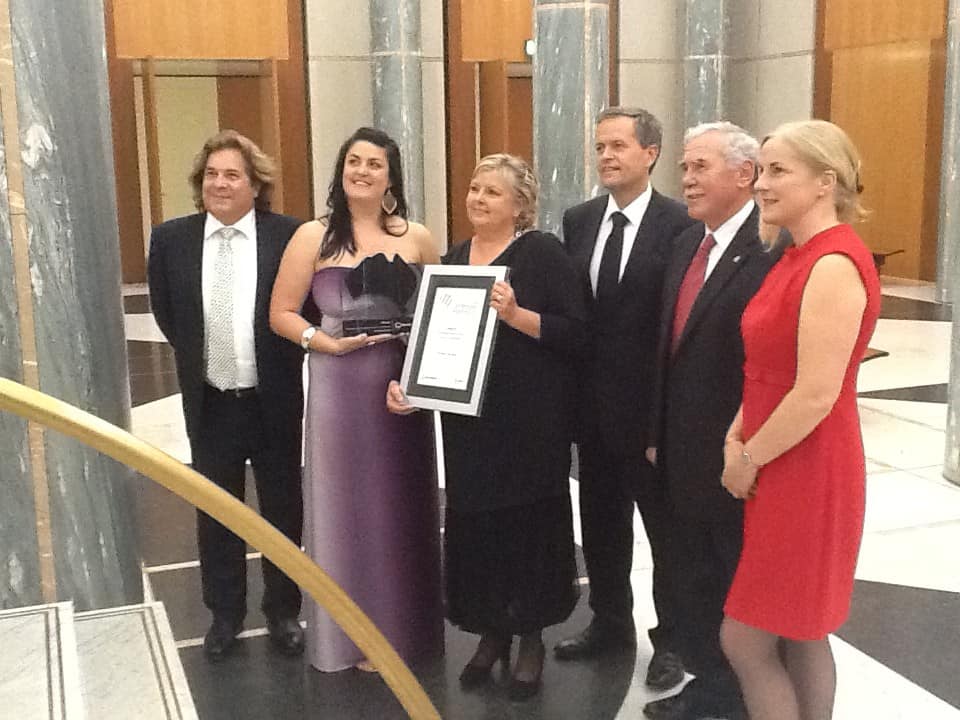SafetyAtWorkBlog has received the following clarification from a spokesperson for the Nationals Party on some issues raised in an earlier SafetyAtWorkBlog article. I thank them for the prompt response.
Continue reading “National Party’s response on politics of safety”Doubts raised over the value of workplace wellness programs

In some Australian workplaces, wellness programs seem to be a dominant interpretation of occupational health and safety (OHS). This is being encouraged through the support of the OHS regulatory agencies. According to one expert, the benefits of workplace wellness programs remain under-researched and what research there is requires validation. Recently Zrui Song of Harvard Medical School said this to the ABC’s Norman Swan:
“There has been a couple of decades of evidence, largely observational in nature, studies that are from single institution or single workplace interventions focused on workplace wellness. And by and large this body of evidence has suggested that the return on investment for workplace wellness programs can be quite large. However, this body of evidence has been limited. They have been limited by the ability to show causal effects of workplace wellness programs…”
The party politics of safety
The Safety Institute of Australia, commendably, approached the major political parties running in Australia’s current federal election campaign. Only the Australian Labor Party (ALP) responded to the SIA, but the policy documents of the Australian Greens and Liberal and National Parties are available online and their relevance to occupational health and safety (OHS) deserves attention.
The ALP information should be familiar to SafetyAtWorkBlog readers:
• “Show national leadership and meet with work, health and safety ministers from across Australia in the second half of this year to decide on the best course of action of the recommendations to come out of the Boland review.
• Work with state and territory governments to implement a harmonised industrial manslaughter offence.
• Establish a national advisory committee made up of representatives from each state and territory who have been personally impacted by a serious workplace injury or death to develop recommendations for federal, state and territory governments to act upon.”
Dust clouds on kitchen benchtops

The Victorian Government has announced that various safety initiatives are being taken on the silicosis risks associated with products described as synthetic stone. This initiative is an important first step in reducing the exposure of workers to silicosis but there are some curiosities in the announcement and WorkSafe Victoria’s accompanying Information Sheet.
The core elements of the government’s action are:
- “A state-wide ban on uncontrolled dry cutting of materials that contain crystalline silica dust
- Free health screening for Victoria’s 1400 stonemasons
- A tough new compliance code for businesses working with silica
- An awareness campaign to highlight the risks of working with engineered stone”.
OHS is largely overlooked even on its special day

The mainstream media did cover the Australian Labor Party’s statement about workplace safety and industrial manslaughter laws. These issues also featured, unsurprisingly, in some of the commemorations on International Workers Memorial Day. But the issue was largely left floating, irretrievable in the political swimming pool.
David Martin-Guzman, writing for the Australian Financial Review (AFR), painted the ALP announcement as advocating on behalf Australia’s most militant trade union, the Construction Forestry Mining Maritime and Energy Union (CFMEU). This approach sadly places any OHS activity purely in the context of industrial relations. That is likely placing OHS as only part of Human Resources. OHS is its own profession, has its own principles and is supported by its own legislation and government regulator.
Industrial Manslaughter – still thin on details and justification

Shortly after a SafetyAtWorkBlog article on occupational health and safety in the Australian federal election campaign, the Australian Labor Party (ALP) and the Australian Council of Trade Unions (ACTU) release media statements. It is a coincidence but one I should have anticipated as yesterday was International Workers’ Memorial Day.
The Shadow Minister for Employment and Workplace Relations, Brendan O’Connor, and Shadow Assistance Minister, Lisa Chesters, said that Australia’s work health and safety laws:
“are no longer harmonised or adequate,…..
This is the closest we will get to an admission that the harmonisation of occupational health and safety (OHS) laws in Australia has been a failure. Both the ALP and the Liberal/National coalition have responsibility for this failure. the harmonisation process was announced by the Liberal’s John Howard, but the Labor Party had the running of the process for most of its length. Many States introduced the laws but both political parties in Victoria have refused to participate, based on flawed economic assessments. The continued disinterest from Victoria’s Labor Party in harmonisation remains puzzling.
The politics of safety

There is little doubt that Opposition Leader, Bill Shorten, believes that occupational health and safety (OHS) is important. His interest was on show, perhaps most significantly, during his time as a union leader at the Beaconsfield mine disaster but he has spoken at various OHS awards, the opening of the National Workers Memorial, local memorials, and was a participant in the Maxwell Review of Victoria’s OHS review in 2006.
OHS has not appeared yet in the current Federal Election campaign. It rarely does. But there is an opportunity to argue that the Australian Labor Party (ALP), of which Shorten is the leader, will not only create more jobs for Australian but that they will be safe jobs. To an OHS professional, it seems to be a simple position, a position that is extremely difficult to argue against. However, the politics of safety in Australia cannot be separated from the role and activities of the trade union movement. Yet, OHS is not just a union challenge, it is relevant to all workers and their families, but only the trade unions seem to have an OHS voice. Letting this situation continue is not sustainable.

